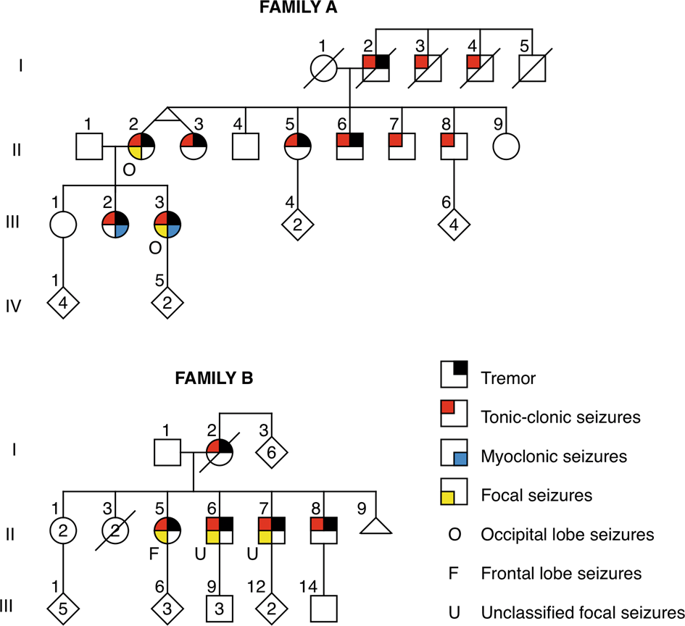European Journal of Human Genetics ( IF 3.7 ) Pub Date : 2020-03-16 , DOI: 10.1038/s41431-020-0606-z Mark F Bennett 1, 2, 3 , Karen L Oliver 1, 3 , Brigid M Regan 3 , Susannah T Bellows 3 , Amy L Schneider 3 , Haloom Rafehi 1, 2, 3 , Neblina Sikta 1 , Douglas E Crompton 3, 4 , Matthew Coleman 3 , Michael S Hildebrand 3, 5 , Mark A Corbett 6 , Thessa Kroes 6 , Jozef Gecz 6, 7 , Ingrid E Scheffer 3, 5, 8, 9 , Samuel F Berkovic 3 , Melanie Bahlo 1, 2

|
Familial adult myoclonic epilepsy 1 (FAME1), first recognised in Japanese families, was recently shown to be caused by a TTTCA repeat insertion in intron 4 of SAMD12 on chromosome 8. We performed whole genome sequencing on two families with FAME, one of Sri Lankan origin and the other of Indian origin, and identified a TTTCA repeat insertion in SAMD12 in both families. Haplotype analysis revealed that both families shared the same core ancestral haplotype reported in Japanese and Chinese families with FAME1. Mutation dating, based on the length of shared haplotypes, estimated the age of the ancestral haplotype to be ~670 generations, or 17,000 years old. Our data extend the geographic range of this repeat expansion to Southern Asia and potentially implicate an even broader regional distribution given the age of the variant. This finding suggests patients of Asian ancestry with suspected FAME should be screened for the SAMD12 TTTCA expansion.











































 京公网安备 11010802027423号
京公网安备 11010802027423号